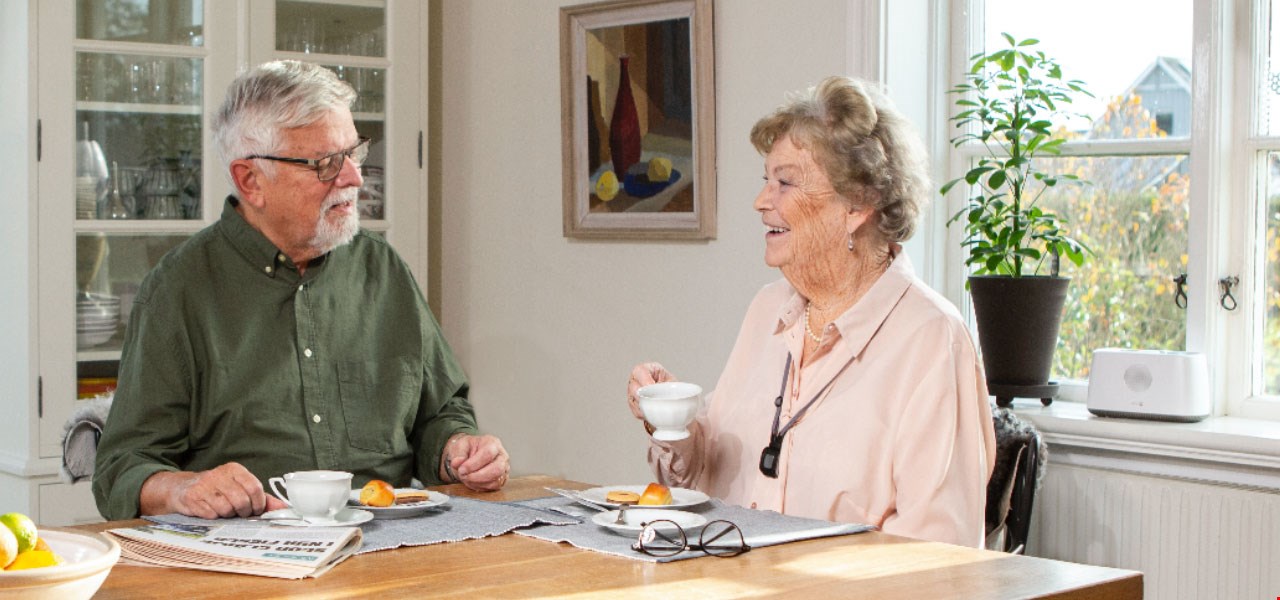-
Country
-
Search
Country

Search

The safety challenges that living at home entails and how to facilitate an elderly person's request to do so.
Together with Swedish Care International (SCI), Careium explored the significance of active ageing at home. We examined the safety challenges that living at home might entail, and how to facilitate an elderly person's desire to do so. We also gathered tips from various organisations about how we can make the homes,and ultimately the daily lives of the elderly, safer and more secure.
For the elderly, making the choice between living in their homes or moving to a retirement community or care home can be a difficult one. Research consistently shows the majority of older adults wish to continue living in their homes. The home is more than the physical boundaries of bricks and mortar. It's a place of memories, personalisation, privacy, refuge, socialisation and ownership, among many other things. Above all, the home is an important part of identity and self, and relocation often brings significant psychological and emotional loss.
Even outside the house, it's important to ensure that an elderly person is in a safe environment. One way to do so is to ensure that the walkway leading up to the house does not have steps or any decorative elements which can be a safety hazard. At the point of entry into the house, ensure there is no step threshold. These are a common tripping hazard.
These are the most personal spaces in the house and need a lot of attention in order to ensure safety and comfort. Among other things it can help to install an elevated toilet in the bathroom and ensure that there's ample manoeuvring clearence in the bedroom.
If the elderly person likes cooking, it is important to ensure that the space is user friendly. By installing a sink with knee clearance and lowering cooking surfaces you can ensure that an elderly person can continue using the kitchen.

